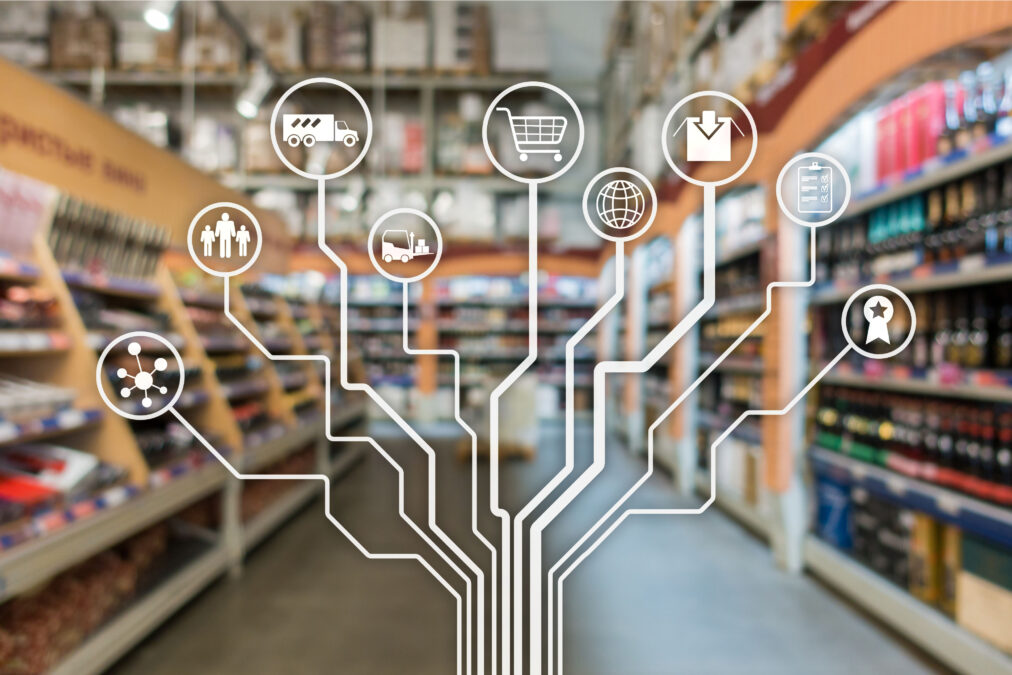There is no doubt that we’re in a period of fundamental change for retail – much of the current industry headline news reflects a range of massive challenges across the sector. One of the key trends driving this change is the rise of digital – or more specifically, the increasing influence of digital, which is changing consumer behaviour fast.
IDC Retail Insights, for example, calls today’s consumer the Five 'I' Shopper: they are instrumented (there are 600 million mobile devices in Europe and 36% of UK e-retail sales is m-Commerce), well Informed (always access to the internet), interconnected (through social communities), in-place (stores, home shopping) and immediate (can shop at any time).
> See also: Customer service: rise of the mix and match approach
This places the onus firmly on retailers to improve their customer profiling and use the information they gather to make their proposition more relevant to consumer context. This includes an understanding of individual device and channel usage and subsequent optimisation of their shopping experience.
Another IDC survey carried out in 2014 and interviewed 1,500 omni-channel customer centric retailers to find out what makes customers loyal. Price, value and friendly, helpful representatives scored most highly.
It was also noted that consumers increasingly want to engage with retailers digitally, specifically 46% indicated to engage digitally at least once a week and 77% on a monthly basis. The top three UK retail business initiatives were sales performance improvement, data security and privacy, and organisational restructuring or M&A activities.
Whilst shopping options have changed significantly, whether you are selling tins of beans or sofas, the same basic principles apply – be adaptable to demand trends and ultimately be dependable enough to deliver the product or service as and when expected. Retailers need to wrap the consumer in exceptional experience, which requires vision, agility and above all, insight.
Yet, there appears to be a huge challenge ahead for retailers if they are going to meet the needs of their customers online. IBM recently revealed survey results for the US market which showed that while 90% of marketers agreed that personalising the customer experience is critical to success, only 22% of consumers think the average retail brand understands them as an individual. There’s a lot of work to do.
So analytics remain of huge significance to retail. As much data should be gathered as possible about the consumer shopping journey, whilst accepting that not everything can be captured today. Equally, the diversity of the sector means that the extent to which retailers can and should collect and exploit data resources varies wildly – and is largely dependent on their size, required experience outcome and brand impact.
> See also: Google favouring mobile friendly sites will be better for users
Across the board, mobile engagement is key and as of April 2015, Google started to reward smartphone search visibility to sites which are ‘mobile friendly’. In practical terms, this is expected to mean sites that don’t measure up will see a major deterioration in their search results position and, in turn, their revenue. This is not just a risk, of course, it’s an opportunity – but it is essential that retailers small and large are able to take advantage of changes like this.
There’s no doubt that retailers understand that making the best use of technology will only help them to increase the feel-good factor of their customers’ shopping experience. The challenge is turning strategy, technology and marketing investment into real-life experience.
Sourced from Kevin Linsell, Director of Strategy and Architecture, Adapt










